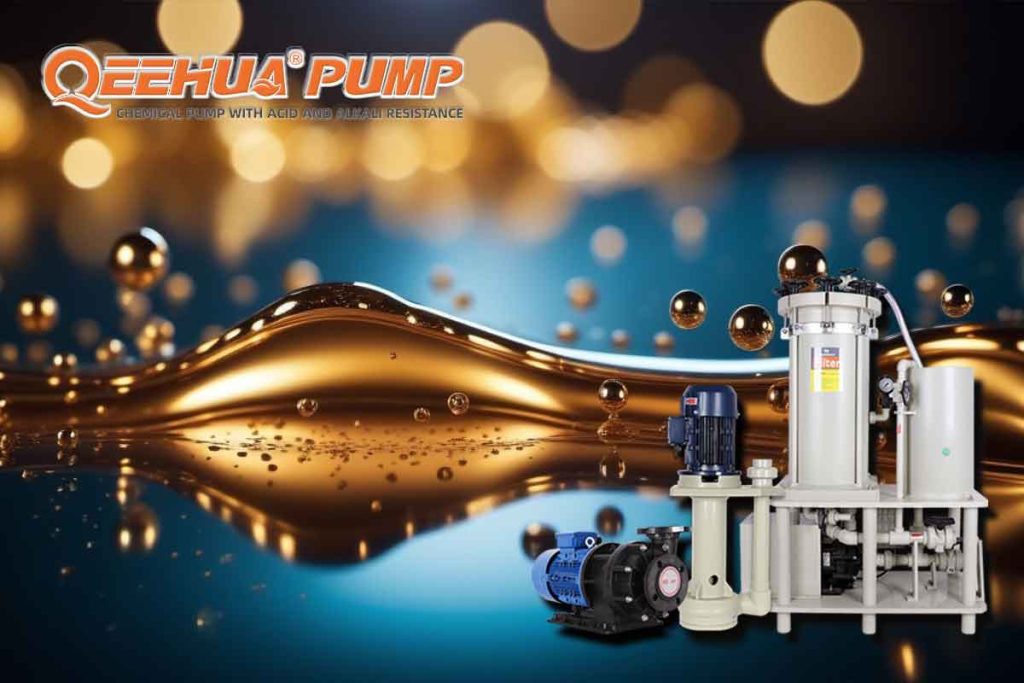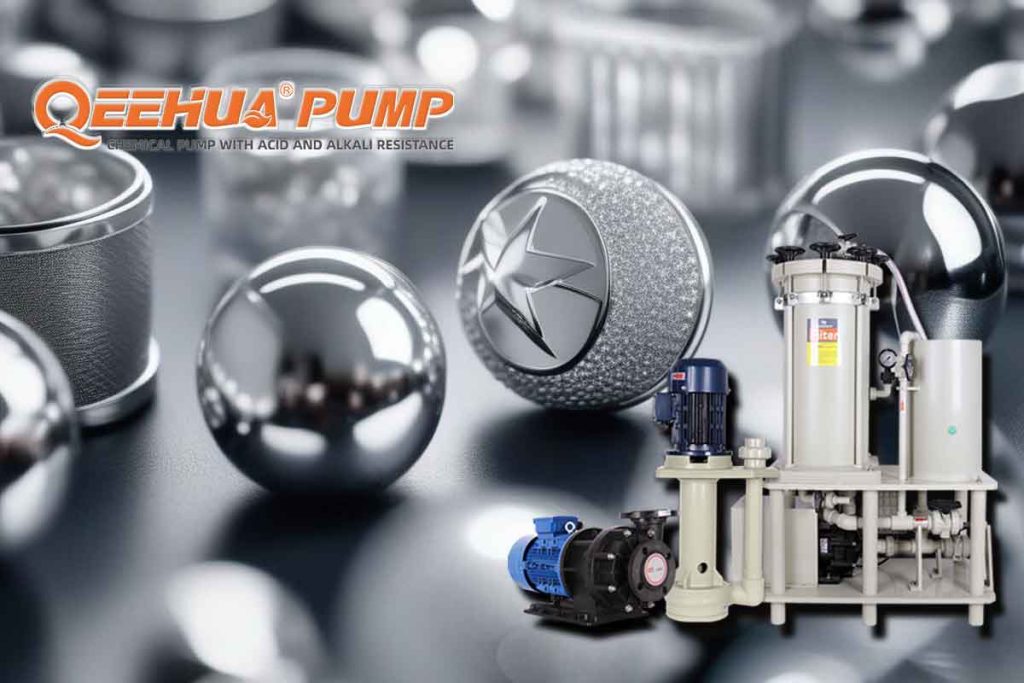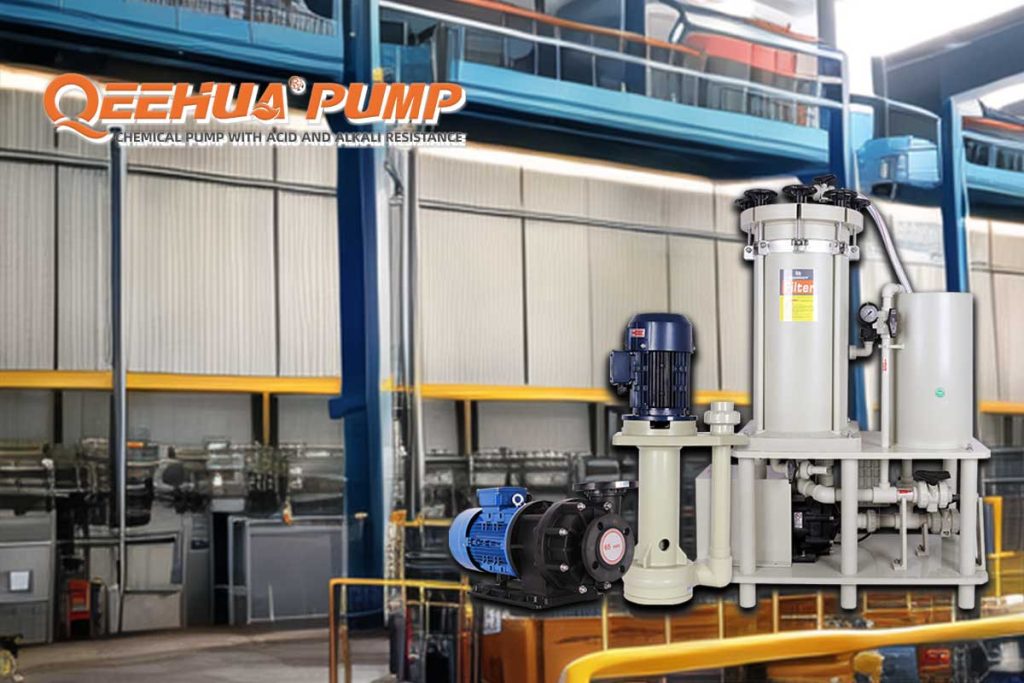In the field of electroplating, achieving high-quality electroplated coatings and ensuring process stability is crucial. The core components of electroplating processes include cathodes, anodes, electroplating solutions, plating tanks, and rectifiers. This article will primarily focus on electroplating solutions, as well as their closely related electroplating pumps and electroplating filters. Additionally, it will combine industry knowledge to analyze their corrosiveness, advantages, aiding you in gaining a better understanding of the vital components of electroplating processes.
Advantages and Applications of Electroplating Processes
Electroplating processes offer various advantages and have multiple applications:
- Copper and Nickel Plating: These processes are commonly used as undercoating to enhance adhesion and corrosion resistance of the electroplated layer.
- Gold Plating: Gold plating improves electrical contact impedance, enhancing signal transmission quality.
- Palladium-Nickel Plating: Similar to gold plating, it improves signal transmission quality and provides better wear resistance.
- Tin-Lead Plating: Used to enhance solderability, widely applied in electronic component manufacturing.
Composition and Properties of Electroplating Solutions
Basic Components of Electroplating Solutions:
- Pure Water: The total impurities in the electroplating solution must be below 5 ppm to ensure process stability.
- Metal Salts: Provide the desired metal ions for plating, with different electroplating processes requiring different metal salts.
- Anode Dissolution Agents: Used to enhance and balance the anode dissolution rate, influencing plating speed and uniformity.
- Conductive Salts: Improve the conductivity of the electroplating solution, ensuring efficient current transfer.
- Additives: Include buffer agents, brighteners, leveling agents, softeners, wetting agents, and inhibitors, used to adjust the properties of the electroplating solution and enhance plating results.
Corrosiveness of Electroplating Solutions
Electroplating solutions typically exhibit either acidic or alkaline properties and possess a certain degree of corrosiveness. This corrosiveness is inevitable in the electroplating process, requiring appropriate measures for transport, storage, and handling.
Electroplating Pumps: Critical Tools for Handling Electroplating Solutions
Selecting Corrosion-Resistant Pumps:
The corrosiveness of electroplating solutions necessitates the use of corrosion-resistant pumps to ensure pump stability and durability. Common types of pumps used in handling electroplating solutions include horizontal and vertical pumps. Horizontal pumps are suitable for high flow and low head applications, offering easy installation and maintenance. Vertical pumps are installed vertically and are appropriate for low flow and high head applications, occupying less space. The choice of the pump type depends on specific operational requirements.
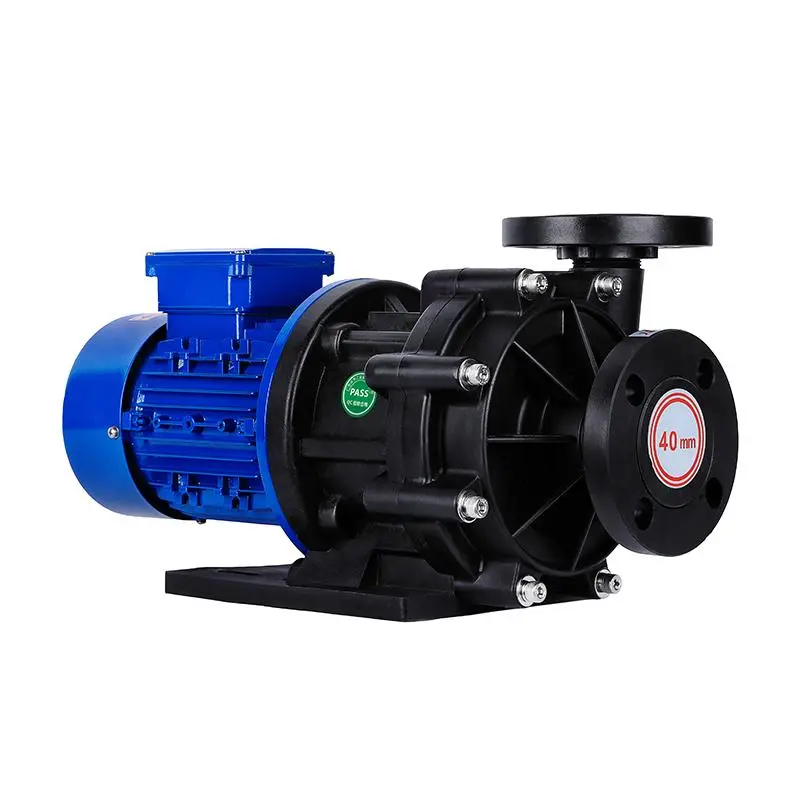
Horizontal Magnetic Pumps
The pump body is made of corrosion-resistant materials and is suitable for transferring and loading/unloading of chemicals such as HCL, sulfuric acid, etc. Widely used in electroplating, PCB, sewage works, metal surface treatment.
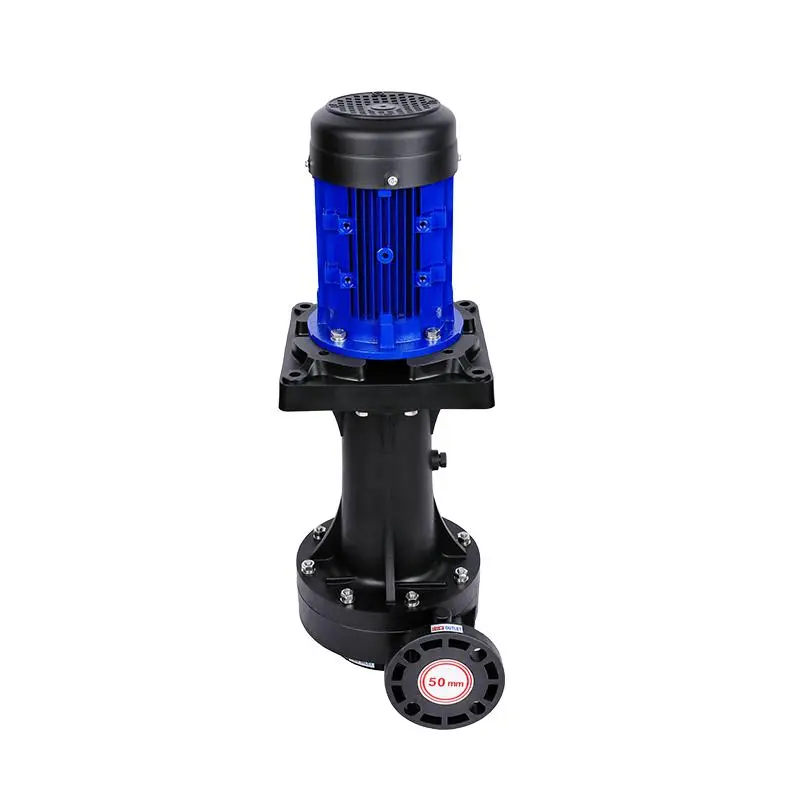
Vertical Pumps
Vertical pumps for acid and alkali transfer. Used in applications requiring continuous transfer of liquids with a high degree of reliability, thus eliminating one of the causes of failure usually attributed to the human factor.
Electroplating Filters: Essential Tools for Maintaining Electroplating Solution Quality
Role of Filters:
Electroplating filters play a critical role in maintaining the quality of electroplating solutions. They are used to remove impurities from the electroplating solution, ensuring its purity. Filters are typically made from corrosion-resistant materials such as PPH or PVDF to withstand the corrosive nature of the electroplating solution. By using filters, impurities can be effectively removed, maintaining the stability of the electroplating solution and improving plating results.
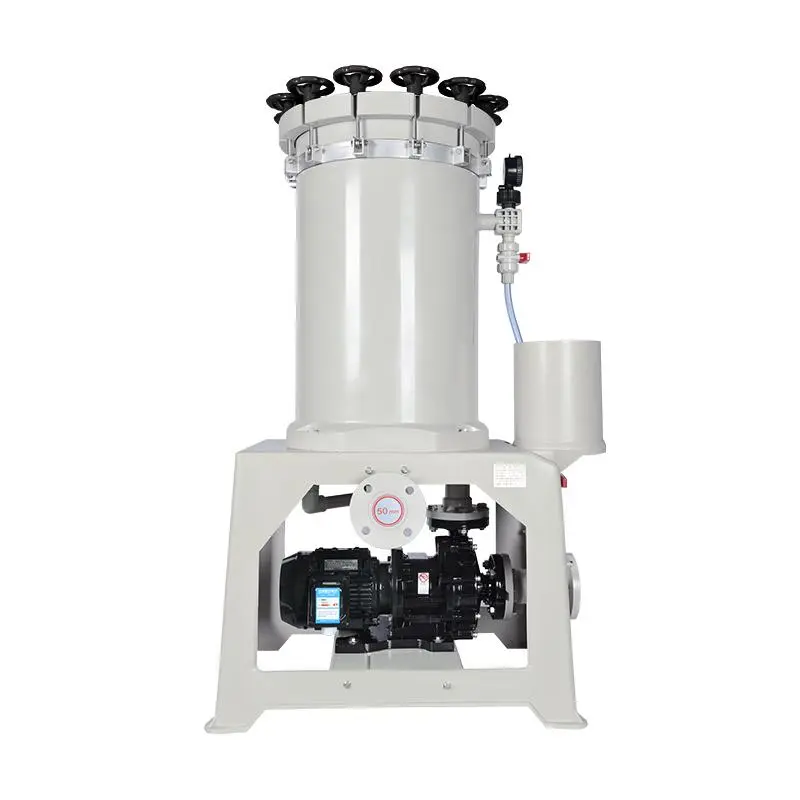
Electroplating Filter
Electroplating filter, the main barrel is made of high-quality PPH material, pressure injection molding process, one-piece molding design, acid and alkali resistance, no leakage.
QEEHUA PUMP: Elevating Electroplating Applications
QEEHUA PUMP is a technology-focused enterprise specializing in the development and manufacturing of corrosion-resistant chemical pumps and filtration equipment. Its core products include acid-resistant magnetic pumps, mechanical seal centrifugal pumps, vertical pumps, electroplating filters, metering pumps, and diaphragm pumps, among others. These products find widespread use in chemical solution circulation, filtration, and transport applications in PCB manufacturing, electroplating, painting, and environmental protection sectors.
QEEHUA PUMP’s products are certified with ISO9001, ISO14001, CE, SGS, and boast over 30 patents, including 2 invention patents. The company is committed to providing customers with cost-effective products and top-quality service, and it holds a leading position in areas such as technological advancement, energy efficiency, and pump longevity. To date, QEEHUA PUMP has expanded its business to over 30 countries and regions, serving more than 13,000 customers worldwide.
Conclusion
Electroplating processes are technically intensive and demand strict adherence to standards. Selecting the right electroplating equipment is vital for ensuring plating quality and production efficiency. QEEHUA PUMP, as a technology-leading enterprise, provides reliable support and assurance for the electroplating industry with its high-quality products and services.







